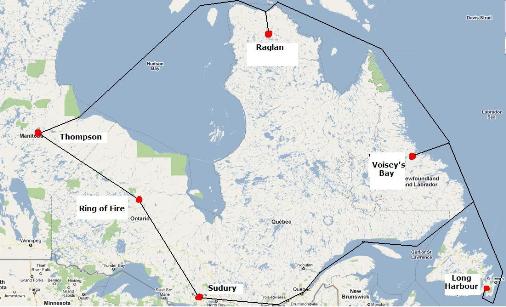The Canadian Mining Hall of Fame was conceived by the late Maurice R. Brown, former editor and publisher of The Northern Miner, as a way to recognize and honour the legendary mine finders and builders of a great Canadian industry. The Hall was established in 1988. For more information about the extraordinary individuals who have been inducted into the Hall of Fame, please go to their home website: http://mininghalloffame.ca/
A lawyer by profession, James Y. Murdoch, who became first president of the fledgling Noranda Mines in 1922, at the age of 32, was one of the greatest its builders Canada has ever produced. Not just a mine-builder, but a nation builder.
He was president of the company for 30 years, until 1956, and chairman until his death in 1962. His “temporary” appointment became famous as “the most permanent temporary appointment on record”.
Out of the “important-looking” discovery of prospector Ed Horne in the wilds of northwestern Quebec, Murdoch masterminded the growth and development of Noranda into a massive complex of mines and processing facilities. His energy and judgment could be seen in every step of consequence Noranda took during Murdoch’s 30 years as president.
From the earliest days of its development, Murdoch saw Noranda as more than just the mine that Horne discovered. He visualized, instead, a rounded industry that would refine and fabricate its metals as well as producing them, proving that Canadian raw materials could be processed to the finished state within Canada.
























